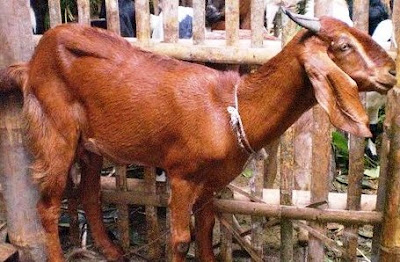Characteristics of Corynebacterium ulcerans:
*Gram-stain-positive pleomorphic rods arranged in palisades or V-shaped forms
*May contain metachromatic granules
*Facultatively anaerobic
*Colonies (1-2 mm in diameter) on 5% sheep blood agar are gray-white, exhibit a light hemolysis, and may have a dry and waxy consistently.
Toxigenic Corynebacterium ulcerans accounts for most cases of clinical diphtheria in the United Kingdom. Sources include contact with cattle or ingestion or unpasteurized milk products.
Corynebacterium ulcerans is a commensal in animals and has been isolated from a wide host of domestic and wild animals (e.g. dogs, cats, horses, goats, cows, pigs , camels monkeys, squirrels and otters).
The animals may serve as reservoirs for human infection. Moreover, the bacterium causes mastitis in cattle and goats. In mastitis infection, the bacteria are present in milk.
Corynebacterium ulcerans usually cause skin infections but occasionally associated with diphtheria-like-lesions such pharyngitis and respiratory disease.
Corynebacterium ulcerans
The Evolution of Modern Food Flavor
-
The evolution of modern food flavor is a story shaped by scientific
curiosity, technological progress, and the growing demands of an
industrialized world. ...







